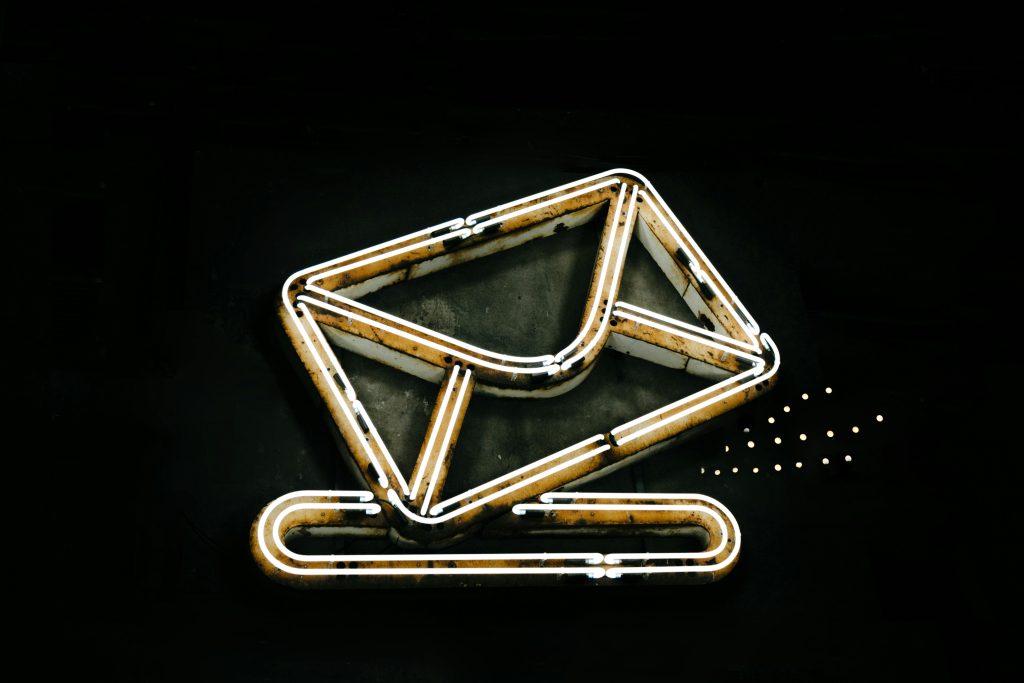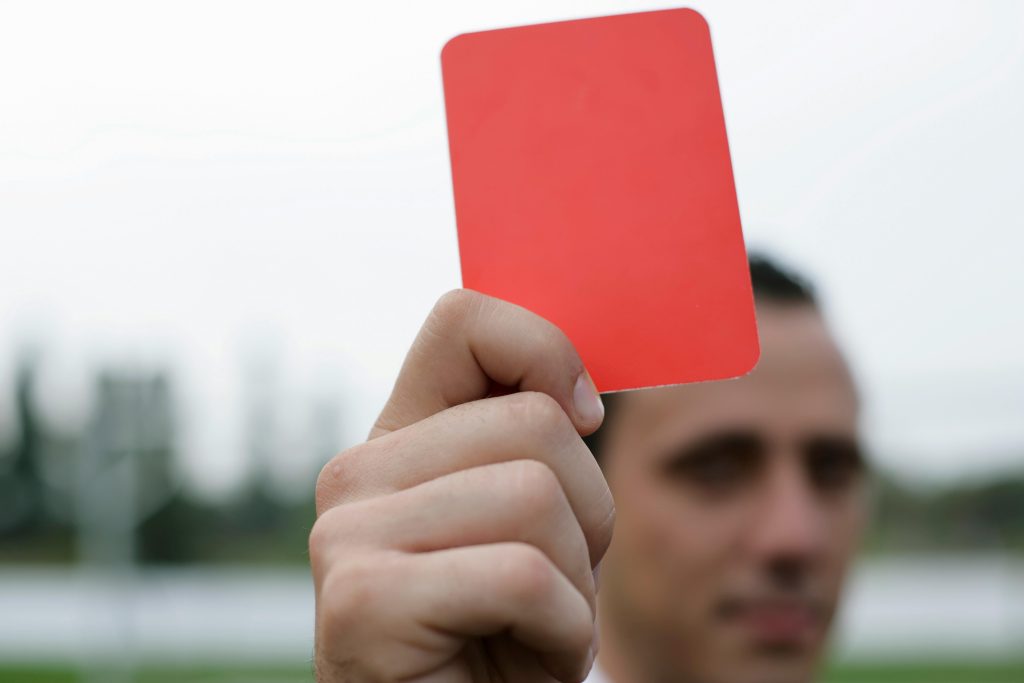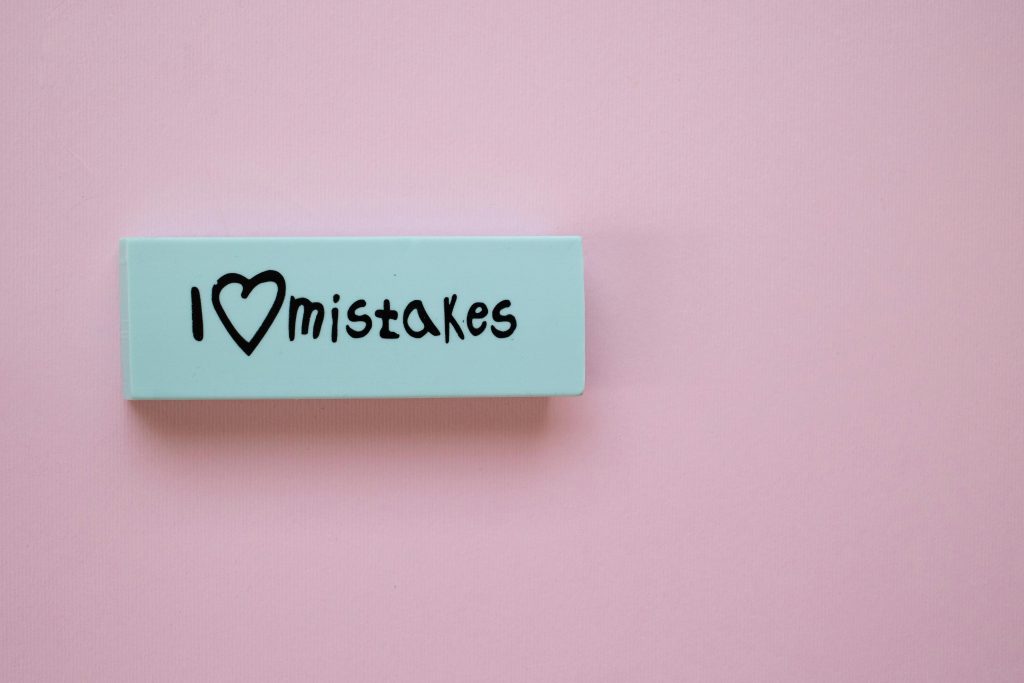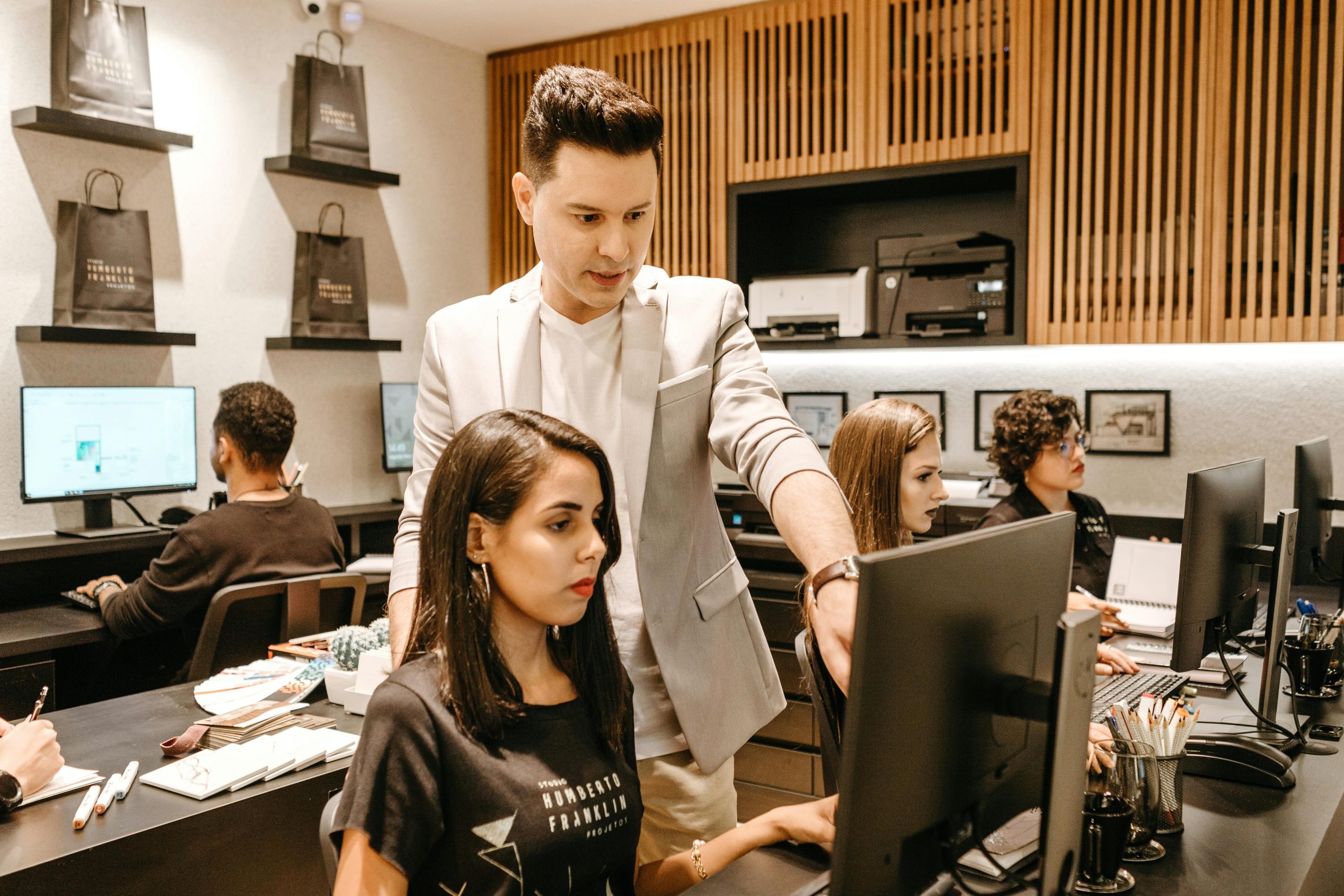Introduction
You’ve submitted your resume or aced the interview—now what? In today’s competitive job market, it’s not enough to hit “send” and wait. A well-crafted follow-up email can reinforce your interest, keep you top of mind, and showcase your professionalism.
But timing and tone are everything.

Whether you’re following up after an application, a phone screen, or an in-person interview, the way you communicate post-interaction can make all the difference. In this guide, we’ll break down the art of the follow-up email, including when to send it, what to say, and how to write a message that leaves a lasting impression.
Why Following Up Matters
A follow-up email shows:
- Initiative and interest in the role
- Respect for the recruiter or hiring manager’s time
- Strong communication and interpersonal skills
- Professional etiquette that employers appreciate
It also gives you a chance to:
- Reiterate your strengths and fit for the role
- Clarify or expand on something discussed
- Stay visible without being pushy
Done well, a follow-up email can tip the scales in your favour—especially when candidates are closely matched.
When to Send a Follow-Up Email
1. After Submitting an Application
When: 5–7 business days later
Why: It signals enthusiasm and can prompt the hiring manager to take another look at your application.
2. After an Interview
When: Within 24–48 hours
Why: It’s a chance to thank your interviewer and reinforce your interest while the conversation is still fresh.

3. After No Response
When: 1–2 weeks after your last communication
Why: A polite check-in shows persistence without pressure.
4. After a Rejection
When: Within a few days
Why: It leaves the door open for future opportunities and demonstrates maturity and professionalism.
How to Write a Great Follow-Up Email
1. Use a Clear Subject Line
Make it easy for the recipient to know why you’re writing.
Examples:
- Following Up on [Job Title] Application – [Your Name]
- Thank You – [Your Name], [Job Title] Interview
- Checking In – [Your Name] Regarding [Company Name] Opportunity
2. Start with Gratitude or Context
Begin by thanking them for their time, or referencing your previous interaction.
Example: Thank you again for the opportunity to speak with you about the Digital Marketing Coordinator role at Proly. I appreciated our conversation and learning more about your team’s upcoming campaigns.
3. Reiterate Your Interest and Qualifications
Briefly highlight why you’re a good fit or what excites you about the role.
Example: After our discussion, I’m even more confident that my background in content strategy and analytics aligns with your team’s goals. I’m particularly excited about the opportunity to work on data-driven projects with measurable impact.
4. Be Clear and Concise
Keep it short—ideally under 200 words. Avoid restating your resume or repeating everything from the interview.
5. Include a Call to Action (if appropriate)
Gently prompt a response if you’re following up after a period of silence.

Example: I wanted to check in on the status of the hiring process and see if there’s any additional information I can provide to assist with your decision.
6. Close Professionally
Thank them again and sign off politely.
Example: Thank you once again for your time and consideration. I look forward to hearing from you soon.
Warm regards,
[Your Full Name]
Follow-Up Email Template (Post-Interview)
Subject: Thank You – [Your Name], [Job Title] Interview
Hi [Hiring Manager’s Name],
Thank you for taking the time to speak with me on [Day] about the [Job Title] position at [Company Name]. I enjoyed our conversation and learning more about your team and the exciting work happening at [Company].
I’m especially interested in how [something specific from the interview] aligns with my experience in [your skill or experience]. It made me even more enthusiastic about the opportunity to contribute to your team.
Please don’t hesitate to reach out if you need anything further from me. I look forward to next steps and hope to connect again soon.
Warm regards,
[Your Name]
[Your Contact Info]
Common Mistakes to Avoid
- Sending too soon (e.g., same day as application)
- Sounding impatient or demanding
- Copy-pasting generic messages without personalisation
- Including typos or overly casual language
- Following up too many times (stick to 1–2 polite messages)

A good follow-up is professional, polite, and purposeful—not pushy.
Conclusion
Mastering the follow-up email is a simple but powerful job search skill. With the right tone, timing, and message, you can turn a great first impression into a lasting one—and stay top of mind with employers.
So don’t let your application disappear into the void. Take the extra step, follow up with intention, and keep the momentum going.
A short message today could be the nudge that lands you your next opportunity.



